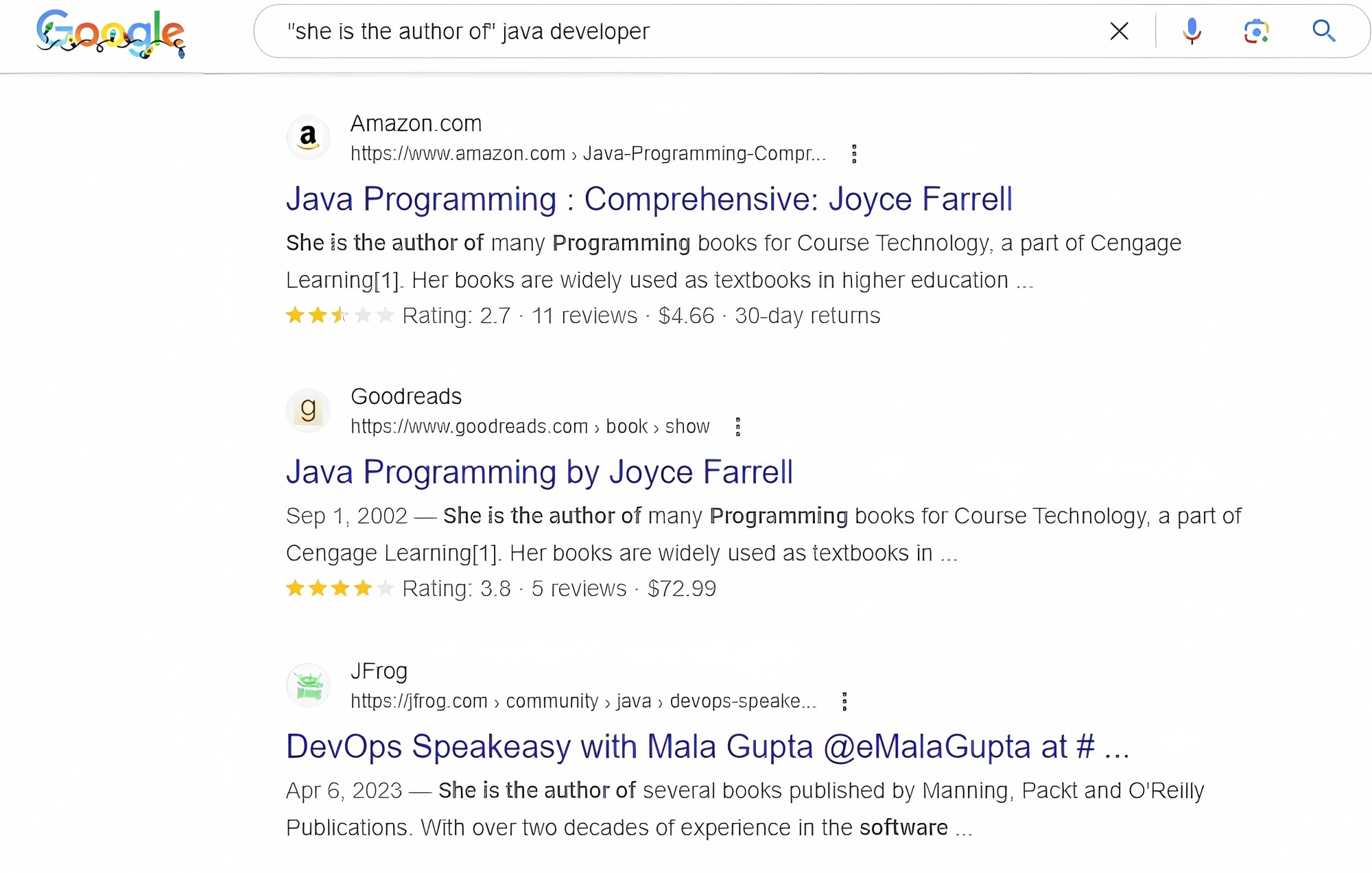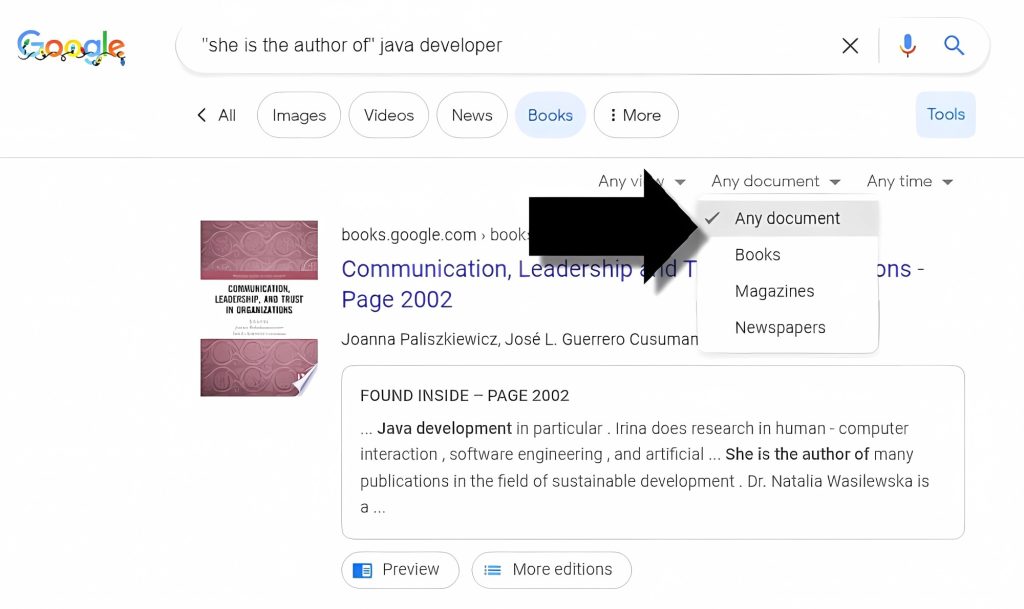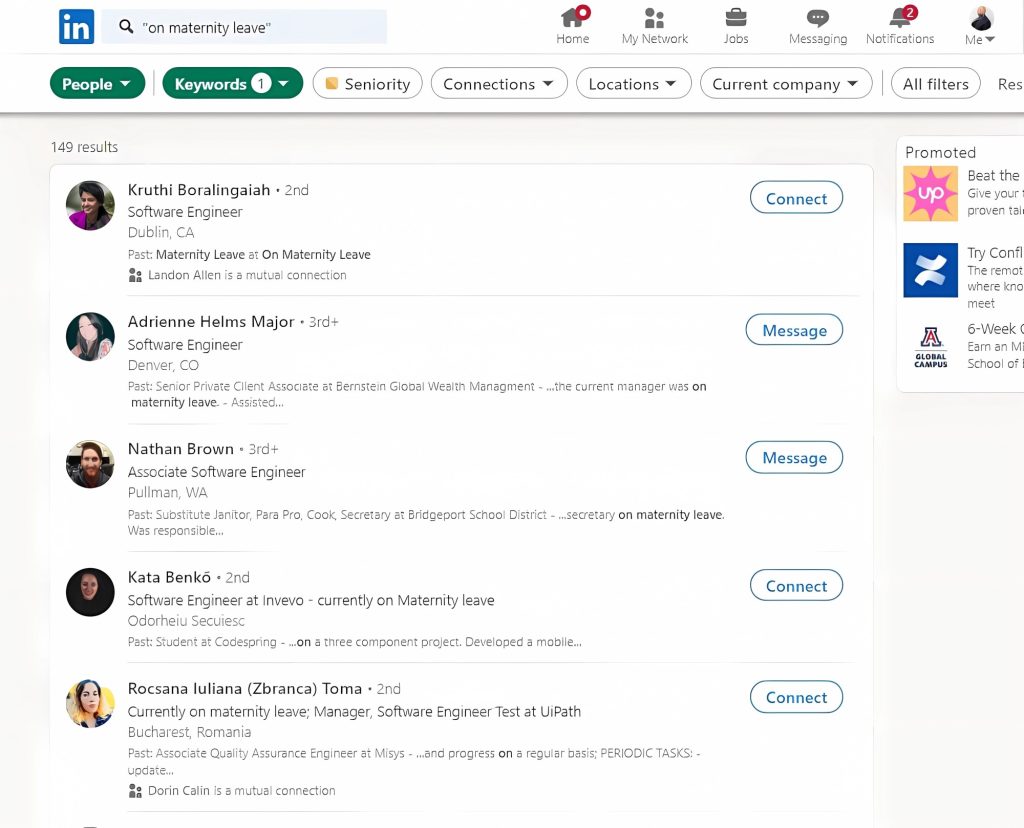Is there a shortage of female software developers? Most definitely. The percentage of female software engineers is generally low, with women accounting for 27.6% of those working in tech in 2022, according to AnitaB’s annual Top Companies for Women Technologists. A 2020 global software developer survey demonstrated that female software developers are greatly underrepresented, accounting for just 8% of positions in the field. Additionally, a study by Accenture found that 50% of women leave their jobs in tech by the age of 35.
That being said, some companies have made efforts to increase the representation of women in software development. For example, Greenhouse Software, a tech company based in New York City, has about 30% of the most senior-level positions held by women. Eventbrite, an online events planning company, boasts that approximately 40% of its management and executive positions are held by women. Currently, 51 percent of women hold management positions at Hilton.
In order to increase the representation of female software developers, companies have been supporting and participating in programs like Girls Who Code, Black Girls Code, and TechGirlz. Such initiatives are great in the long-term, but what about companies who want to increase representation in the near-term? There are more direct and timely ways to source female software developers. Here are five of them.
#1 Source from podcasts
BASIC STRATEGY:
- There are a lot of podcasts online covering all sorts of topics.
- Look for guests on podcasts that might prove a worthy hire.
- More often than not, the podcast show will mention who their guest is and what they will be talking about.
- Also, network with the podcast host as they are probably well connected if they have a long-running podcast.
A great resource for searching podcasts is the engine – Listen Notes.

So, this is what I’ve done.
- I searched for mentions of software developers and the pronoun “she” or “her” in hopes of finding female developers who have been guests on podcasts.
- Check out the results of my search below. I found several good leads this way. Among them, the three software developers that are visible in the screenshot.
- There is an option to subscribe to the search via RSS or email (see arrow). I love this because I can use this to automate the search so if you like the results, you only have to search it once. Love that!

And while I am a big fan of Listen Notes, its not the only way to source podcasts for potential talent. There are several search hacks you can try.
- Click here for a search on DuckDuck Go.
- Click here for a search on Google.
- Click here for a search on Brave.
#2 Source female authors
You can search for female authors who have written books, or white papers, or articles related to whatever you are seeking to recruit. For example, when looking for female authors who have written books on java development, I may try the following search on Google.

You can take this concept a step further by performing the search on Google Books. I search Google Books by clicking the “Books” link beneath the search bar.

What I like about searching on Google Books is that it has additional refinements that allow me to search not only books, but magazines, and newspapers as well.

Of course, when it comes to books, Amazon is the clear leader. By typing in “Java Developer” in the search box you can refine by sub-topics like “Programming Languages” and then scan through the results for traditional female names. For instance, when I searched for java developers, I saw a book authored by Jeanne Boyarsky in the results. I notice that her name is a blue link, so I click it. (See arrow below.)

That link leads to an Author page where I see a photo (confirming, what I presume to be a woman), her bio, and links to other books she has written.

If you like that, there are many more online bookstores available for searching as well. Just sayin’…
#3 Tracking articles on X (Twitter)
Another way to find female software engineers is to track articles that would be of interest to that group. For example, I think its likely that female software engineers would likely read the article, “How 20 Women in Engineering Discovered Their Passion for Technology.” So, I place the URL of that article into the search box (see arrow #1 in the image below) and hit the enter button on my keyboard. Why? Searching the URL on X (Twitter) reveals the accounts that have shared the article.

So, who shared and retweeted this article? Tech orgs focused on women in tech certainly did.
- @EngineerGirlNAE – Bringing national attention to the exciting opportunities that engineering represents for girls & women. Program of @theNAEng #ImAnEngineerGirl #GoEngineerGirl
- @AnitaB_org – Driving inclusive technology by serving #womenintech & non-binary technologists 365 days a year.
- @CvilleTechWomen – Charlottesville Women in Tech provides a welcoming environment for women in tech to connect, learn, and collaborate in Charlottesville.
And by clicking on the “Lists” link (see arrow #2 in the image above), I come across multiple lists of X followers who focus on women in tech. A few examples…
- Women in Tech by Eli_Krumova (40 members)
- Women in Tech by @HuffPostTech (113 members)
- Women in Tech by @francesc (239 members)
#4 Maternity leave
By searching the phrase “on maternity leave” on LinkedIn and refining the results by adding software (engineer OR developer) in the title search slot, I get 149 results at this writing.

#5 Traditional Names
If you add traditional female names to your search strings, you will likely get female candidates in your search results. For example, this search returned the resumes of multiple software developers and software engineers named “Maria.”

This is by no means an exhaustive list of strategies. Perhaps you have more to share? If so, please consider the Sourcers Anonymous program. Earn a free ticket to SourceCon by submitting articles to peer review. Details here. Good luck!
May the source be with you.
Jim Stroud
Your SourceCon Editor
